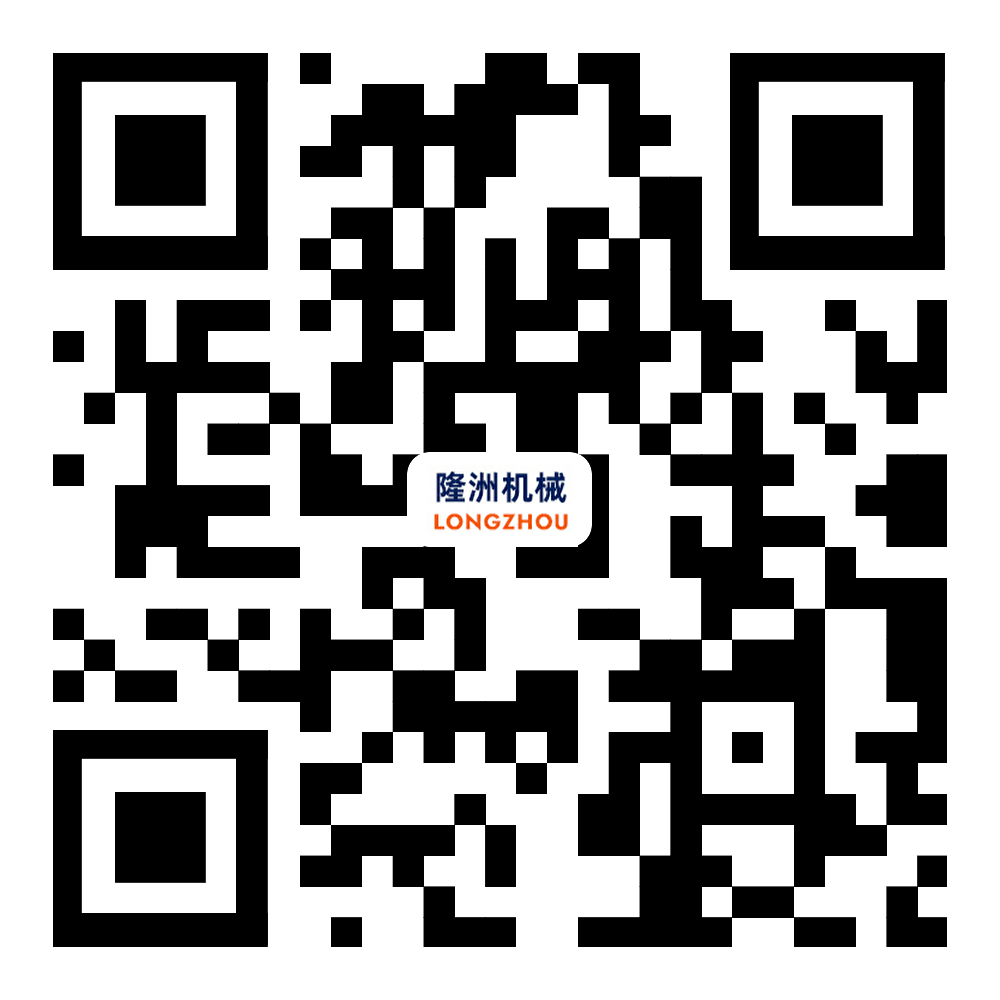
Technical Requirements for Automotive Steering Tie Rods
项目类型:
应用区域:
使用产品:
安装型号:
1 The product shall conform to the requirements of this standard and be manufactured in accordance with drawings and documents approved by the prescribed procedure.
2 Performance
2.1 Kinematic performance
The swing angle and swing moment of the ball pin along the axis of the tie rod should meet the design requirements. Under the condition that the sliding surface is well lubricated, the moving parts should not be blocked, jammed and loose.
2.2 Wear resistance
The wear resistance of the ball pin and ball seat should be adapted and matched to each other. Under normal use conditions, when the mileage of the car does not exceed 30,000 kilometers, there should not be any local strong wear or early wear phenomenon.
2.3 Thread connection
The threaded connection between the tie rod and the joint of coupled steering tie rod assembly should meet the requirements, and under normal use conditions, loosening and debonding should not be allowed, and the accuracy of the threaded connection should be not less than 7H/6e in the long rotational length, and according to GB 197-81 "Common Thread Tolerance Fitting", the parts can be interchanged and freely adjusted when the threads are rotationally fitted in the full length.
2.4 Lubrication and dustproof
2.4.1 The lubrication channel of the tie rod assembly shall be free, and the grease injected by the oil gun through the oil nozzle shall be able to lubricate the sliding working surface under normal assembly and adjustment condition.
2.5 Stability
The strength and stiffness of each part of the tie rod assembly should be compatible with the design and use requirements. When the mileage of the vehicle does not exceed 180,000 kilometers, the tie rod body, joints, ball pins and tie rod springs shall not be allowed to fracture under normal use conditions, and the ball pins shall not be dislodged from the assembly when the assembly is in normal adjustment condition.
3 Appearance
3.1 The surface of each part of the tie rod assembly shall be free of cracks, burrs and sharp edges, and the machined parts shall be free of depressions and bumps; the non-machined parts shall be free of defects such as folding, oxidization and corrosion.
1.3.2 The non-coating surface of the tie rod assembly shall be coated, and the coating shall be even (without bubbles, leakage and overflow, and combined with the coated surface, and free from wrinkles and flaking within the temperature change range of -40~70℃.
Summary:
The product shall conform to the requirements of this standard and be manufactured in accordance with drawings and documents approved by the prescribed procedure.
Author:
Source:
Date:
2023-02-27
Other information





